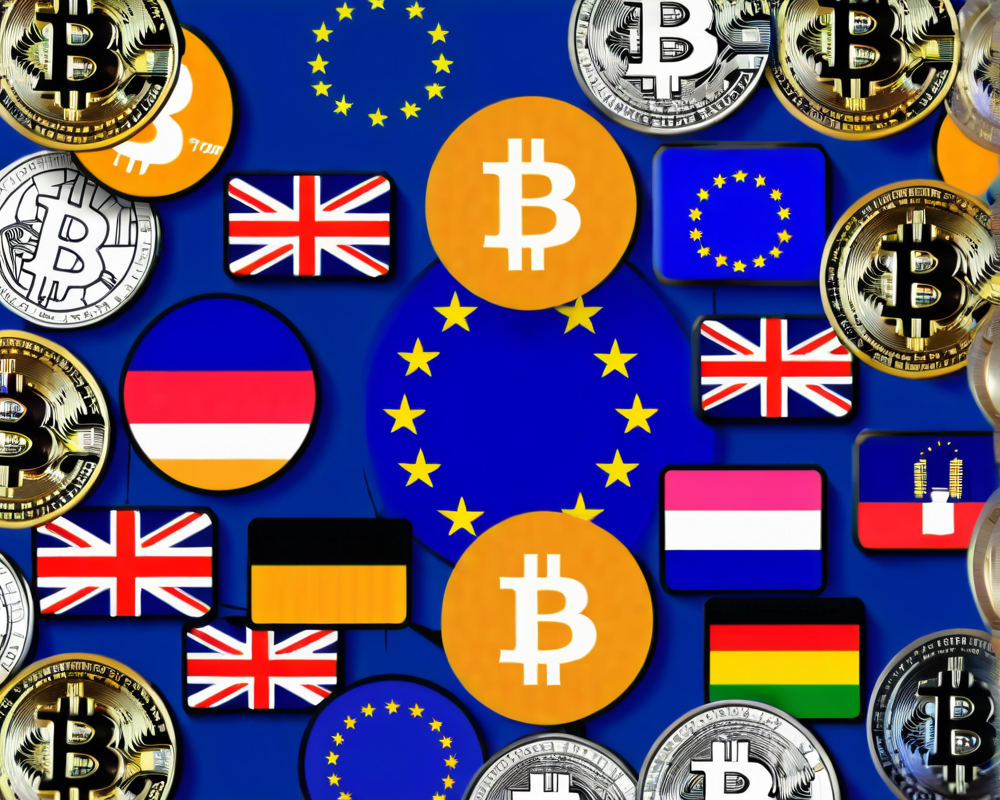Understanding DAC8 and Its Impact
The European Council has officially hit the refresh button on tax reporting requirements with the updated Directive on Administrative Cooperation, known as DAC8. This isn’t just some minor tweak; it’s a sweeping initiative aimed at bringing crypto asset transfers under the same scrutiny as traditional finance. With the ongoing evolution of digital currencies, this directive aims to enforce accountability while simultaneously enhancing transparency.
What Exactly Is DAC8?
In simple terms, DAC8 is the eighth version of an existing framework that sets procedures for automatic information sharing among EU member states for tax purposes. Proposed back in December, it finally received a stamp of approval on May 16, right on the heels of the Markets in Crypto-Assets (MiCA) legislation. Now, DAC8 aligns with the Crypto-Asset Reporting Framework (CARF) set by the OECD, ensuring that the European Union is not left in the dust regarding crypto regulations.
What’s Required from Crypto Asset Service Providers?
Crypto asset service providers (CASPs) are in the hot seat. The new requirements compel CASPs to collect and report detailed information on any crypto asset transfers. Here are the highlights:
- They must collect the beneficiary’s name and DLT address during transfers.
- If the transfer is linked to an account, the account number is also needed.
- All this information should be submitted securely and, preferably, simultaneously with the transfer.
This level of detail should help authorities trace suspicious transactions more effectively, which could have far-reaching implications for both individuals and businesses alike.
Fighting Financial Crimes: New Measures Unveiled
DAC8 isn’t just about tax transparency; it’s also a robust initiative against financial crimes. As the Swedish Finance Minister, Elisabeth Svantesson, pointed out, the directive’s enforcement means bad news for anyone who has leveraged crypto assets for illegal activities like money laundering or to dodge EU sanctions.
Additionally, DAC8 proposes the establishment of a new European AML (Anti-Money Laundering) body to better combat these unlawful activities. This isn’t just a nudge; it’s a serious shove toward enforcing compliance in an industry that’s seen its fair share of shady dealings.
The Bigger Picture: Tax Fraud and Beyond
Why does all this matter? Well, DAC8 aims to enhance EU countries’ capabilities to detect and counter tax fraud and evasion. The increased reporting requirements, particularly for high-income individuals, aim to close loopholes that have previously made tax evasion a tempting option.
So what does this mean for the average investor or crypto enthusiast? Brace yourself for a new era of transparency in the crypto landscape. While it may feel like Big Brother is watching, the intention behind these rules is to create a more equitable and accountable financial environment.
Conclusion: A New Wave of Crypto Regulation
The juggling act between innovation and regulation is tricky, but DAC8 aims to strike a balance. In conclusion, these new measures are a significant step toward treating cryptocurrencies like any other financial asset in the eyes of the law. Whether you’re a seasoned crypto trader or merely crypto-curious, it’s essential to stay informed about these developments. Let’s raise a toast — or perhaps a crypto toke — to transparency in this evolving digital world!




